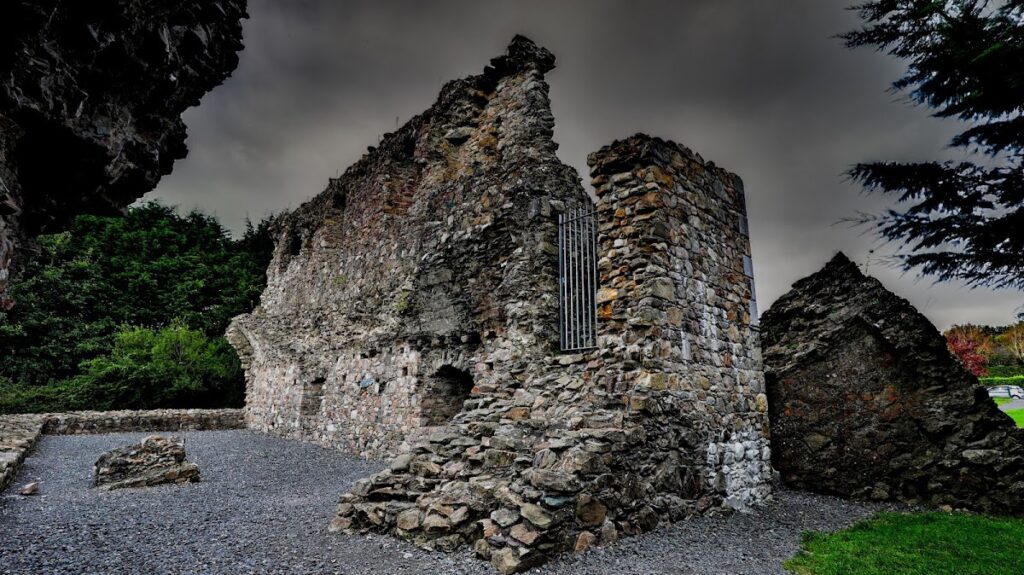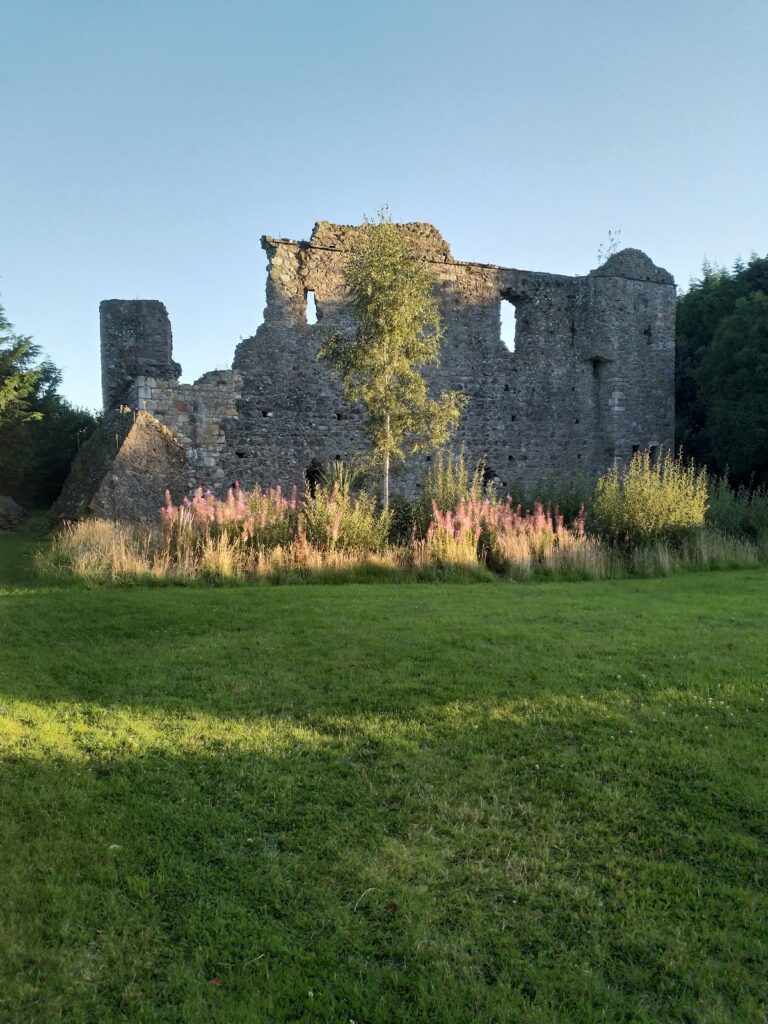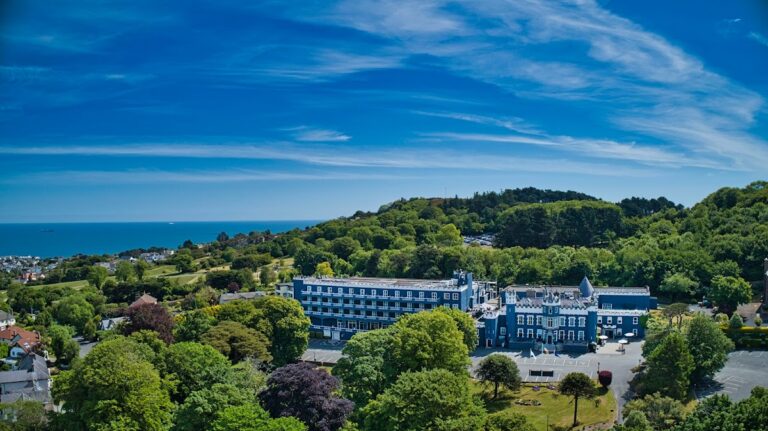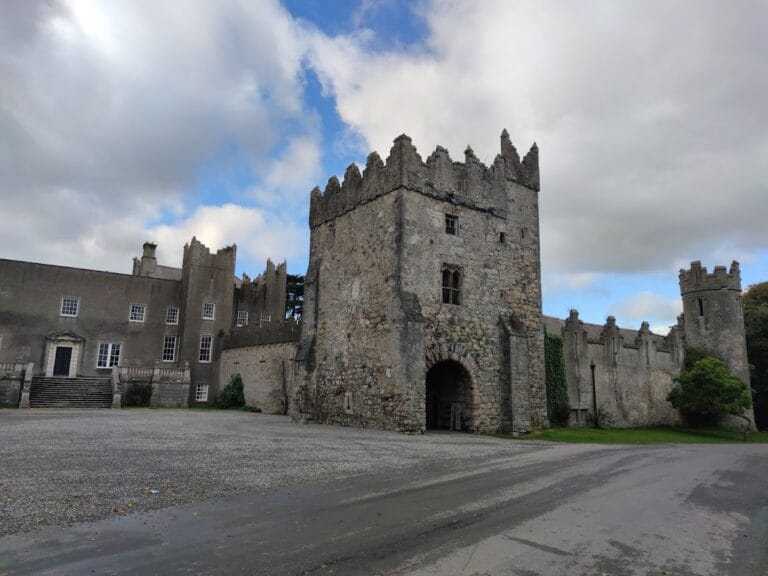Kindlestown Castle: An Anglo-Norman Fortress in County Wicklow, Ireland
Visitor Information
Google Rating: 4
Popularity: Very Low
Google Maps: View on Google Maps
Country: Ireland
Civilization: Unclassified
Remains: Military
History
Kindlestown Castle is located near Greystones in County Wicklow, Ireland. It was constructed by Anglo-Norman settlers during the late 13th century as part of the English colonial presence known as the Pale.
The origins of Kindlestown Castle may date back earlier than the 13th century. Some records suggest that Walter de Bendeville could have initiated the first phases of construction around 1225. However, the castle as it is largely recognized today is linked to Albert de Kenley, who was Sheriff of Kildare in 1301. He married Joan, widow of Sir Ralph FitzDermot, in 1292 and managed lands around Kindlestown, including stewardship for his stepson John FitzDermot. Albert de Kenley is believed to have built or rebuilt the castle with the purpose of defending English-controlled territories against native Irish groups, in particular the O’Byrnes, a powerful Gaelic clan.
Kindlestown Castle played a defensive role during a period of frequent conflict in the early 14th century. After the O’Byrnes attacked and burned Rathdown Castle in 1301, Kindlestown became a refuge for those displaced. Around 1305, John FitzDermot was forced to surrender Rathdown lands to Nigel le Brun, the Escheator of Ireland, due to ongoing pressures and attacks by the Irish forces.
The castle changed hands during the late 14th century after military confrontations with the O’Byrne clan. In 1377, the O’Byrnes succeeded in capturing Kindlestown Castle. However, Robert Wikeford, then Lord Chancellor of Ireland, soon retook it. Subsequently, the estate passed into the possession of the Archbold family. Around 1402, an attempt to seize the castle again was led by Donnacha O’Byrne but was repulsed by the Archbold defenders.
Throughout the 15th and early 17th centuries, Kindlestown Castle remained under the Archbold family, who prospered on the estate. Records from inquisitions held during the reign of King James I in 1621 show that the property included a manor with 400 surrounding acres and a water mill, reflecting its economic significance. Financial challenges later compelled Edward Archbold to sell Kindlestown and its lands to William Brabazon, the 1st Earl of Meath, in 1630.
Today, Kindlestown Castle is recognized as a National Monument of Ireland, standing as a ruin that recalls its turbulent history during the Anglo-Norman period and beyond.
Remains
Kindlestown Castle remains as a two-storey hall house typical of late 13th-century Anglo-Norman architecture. The building measures approximately 21 meters long and just under 10 meters wide externally, with robust limestone walls around 1.5 meters thick rising to a height of about 8 meters. Constructed mainly from rough, locally sourced limestone, the castle was designed both as a residence and a fortified stronghold.
The castle’s northern and eastern walls survive almost entirely up to the parapet, which is the protective low wall at the roof level, while the southern and western walls were dismantled after the medieval period. At the northwest corner, there remains a small projecting tower, likely serving as an additional defensive feature or lookout.
Inside, the ground floor is notable for its original barrel vault—a curved stone ceiling that helped strengthen the structure. Access to the castle was through the eastern wall, where the main entrance is located. Adjacent to the entrance is a mural staircase, built within the thickness of the wall, providing entry to the upper floor. Windows are narrow defensive openings, known as arrowslits, which allowed archers to shoot while remaining protected; on the interior they widen into segmental-arched spaces, and window seats survive on the first floor.
Visible on the façade are traces of a stone string-course, a horizontal molding that may have separated floors or reinforced the walls, along with remnants of a slated parapet once crowning the building. The defensive battlements and narrow arrow slits underline the castle’s military purpose.
Positioned strategically on the slopes of Kindlestown Hill, the castle commanded wide views over the surrounding countryside and out to the Irish Sea, a location that enhanced its defensive capabilities and control over the region.
Presently, the castle exists in a ruined state, with significant portions of its walls, battlements, and tower remaining in situ. These remnants continue to bear witness to its complex history as a frontier fortress in medieval Ireland.










